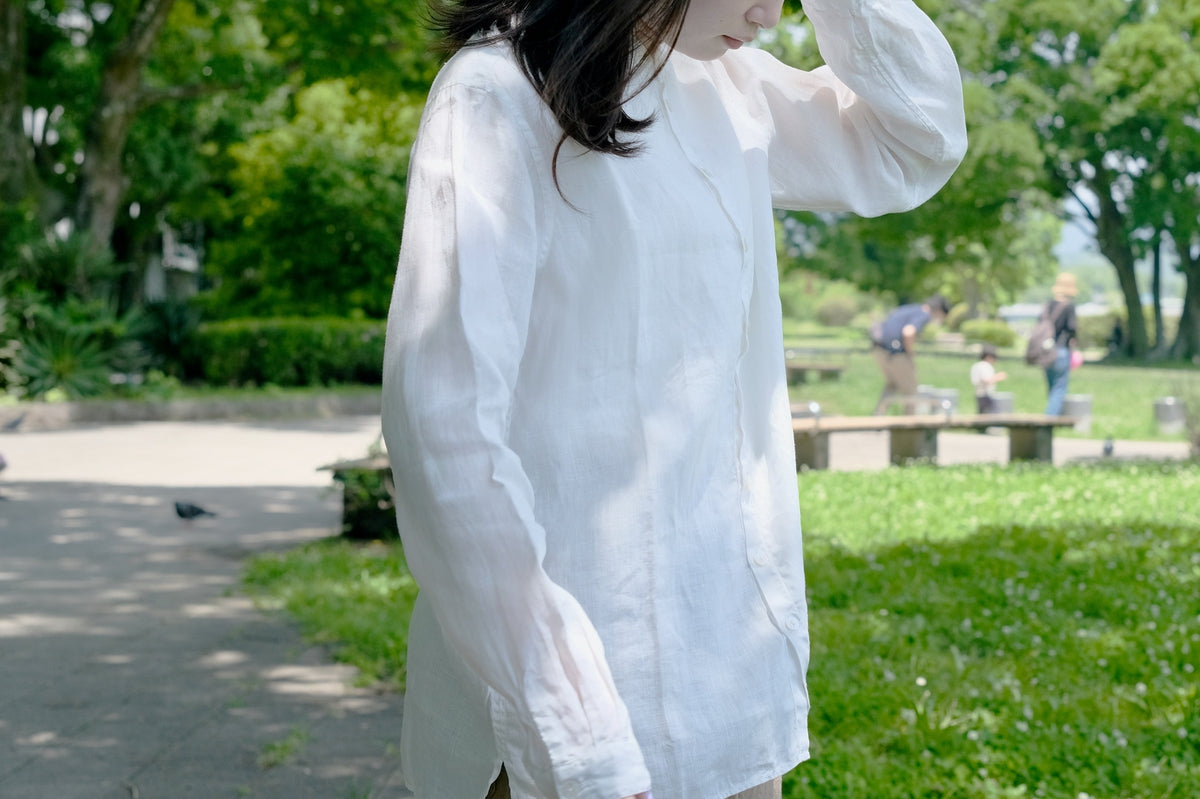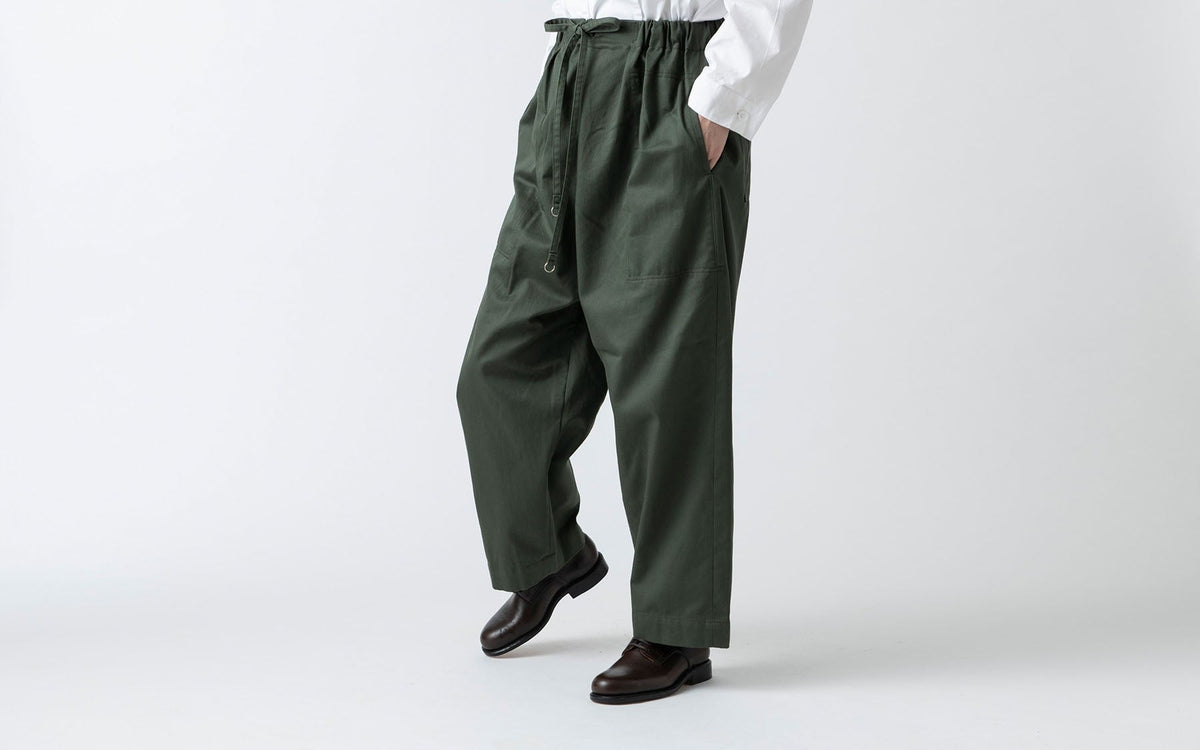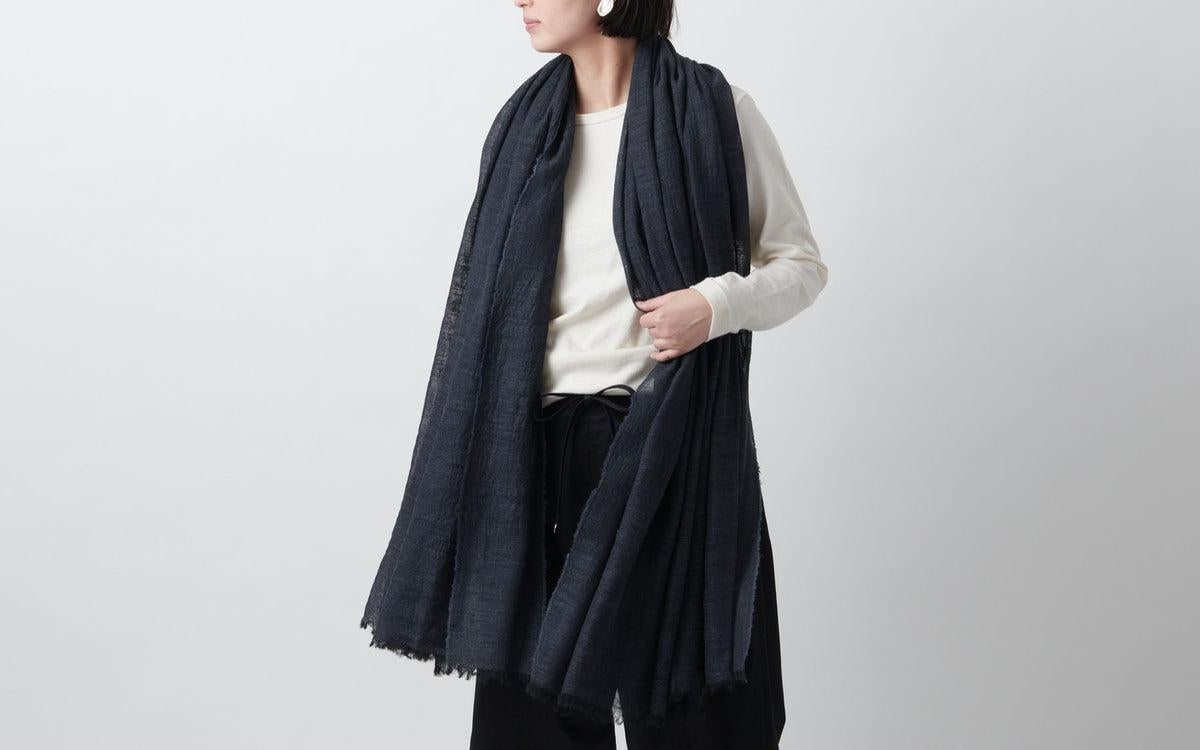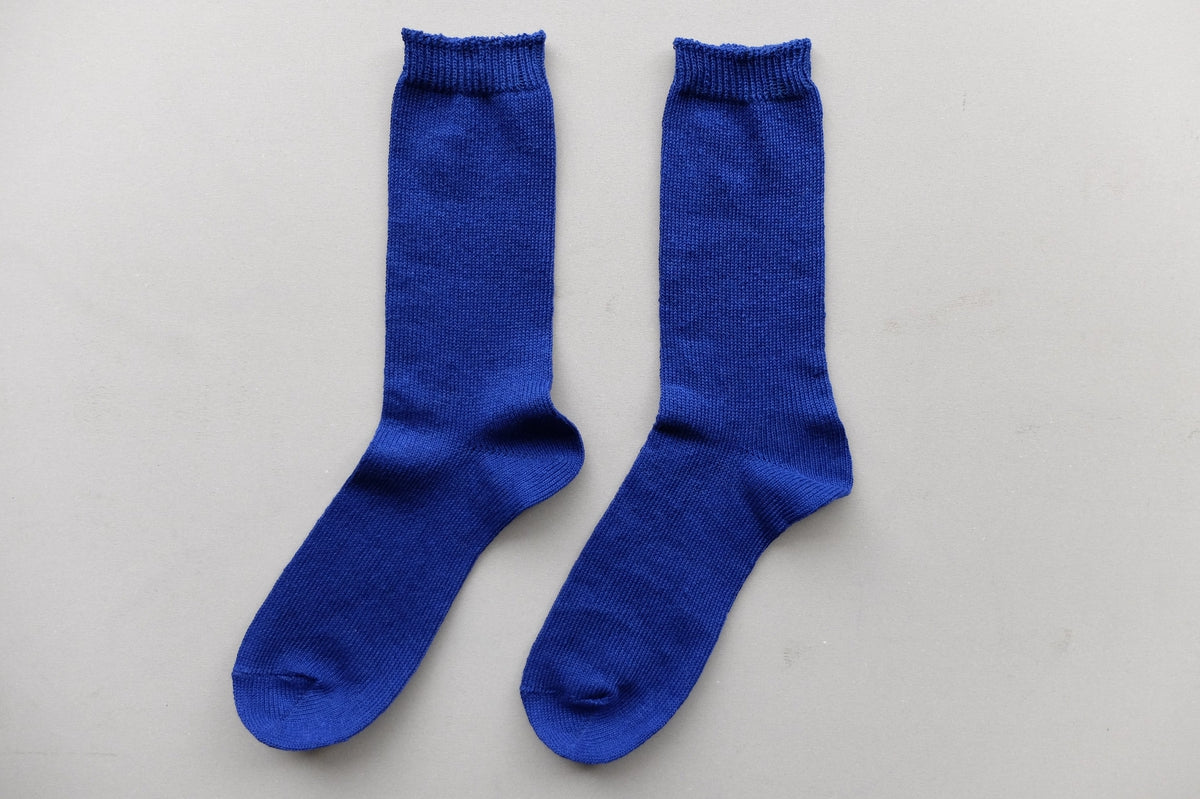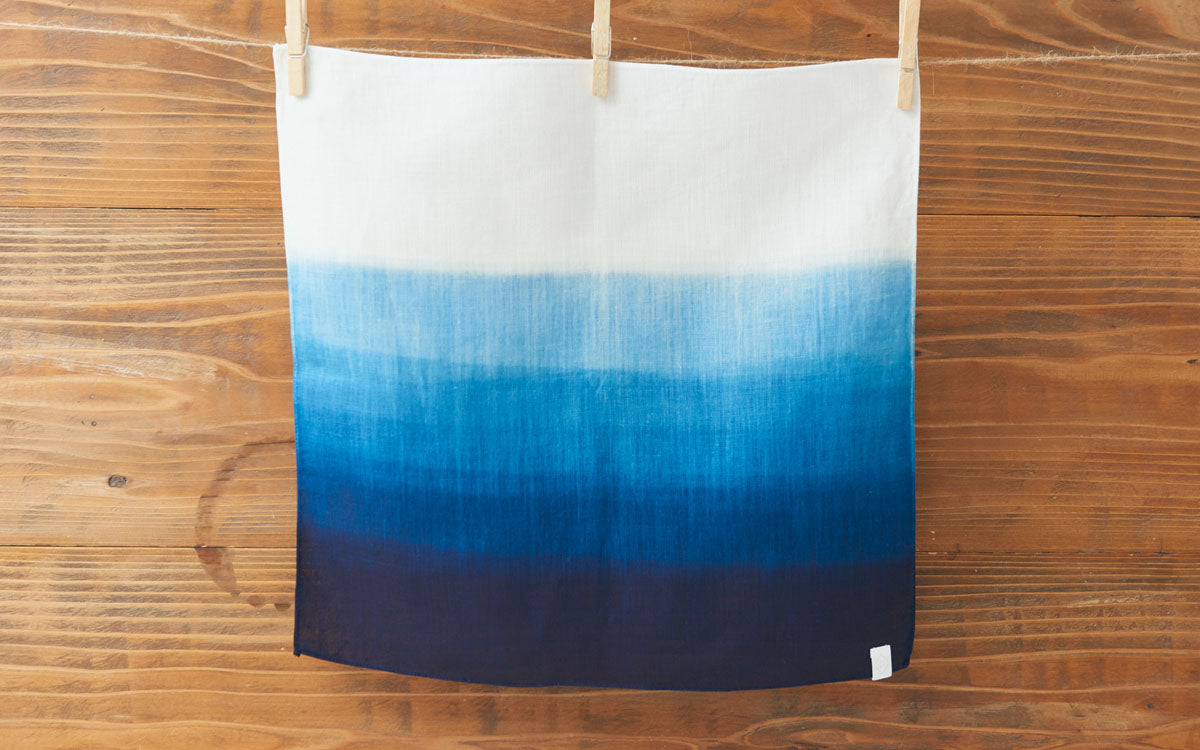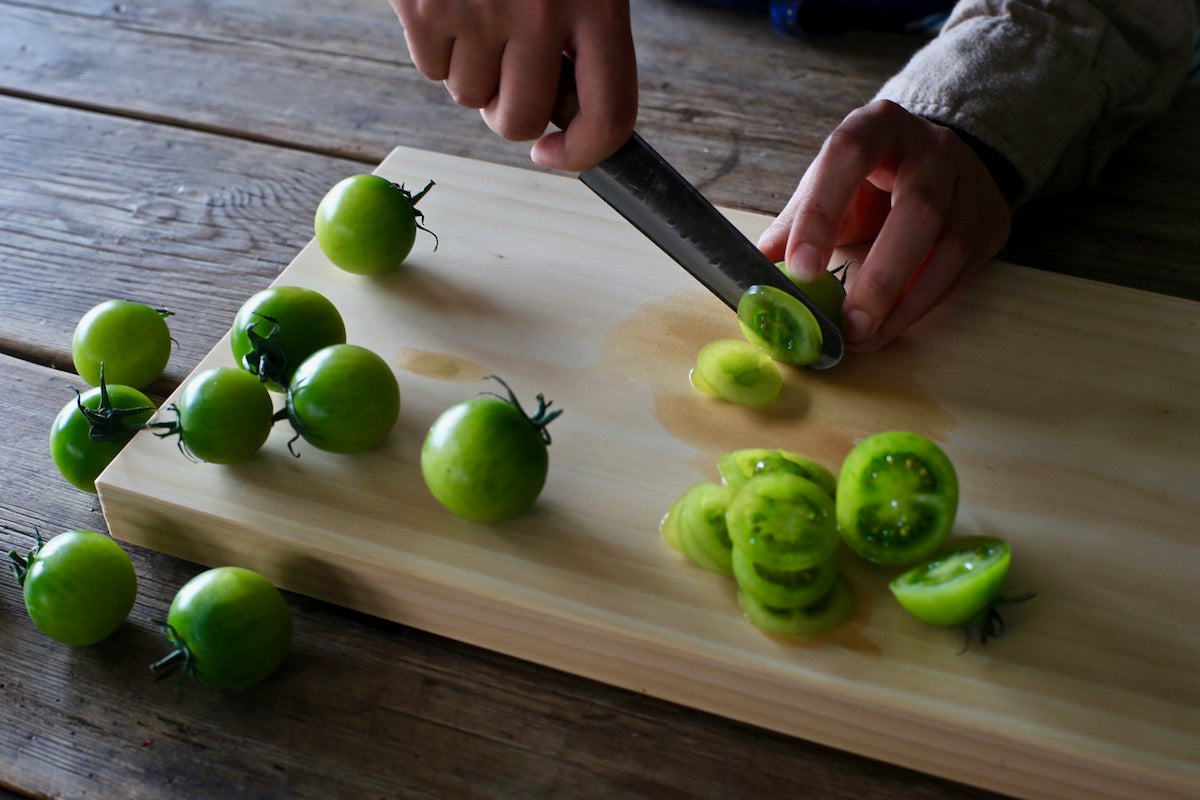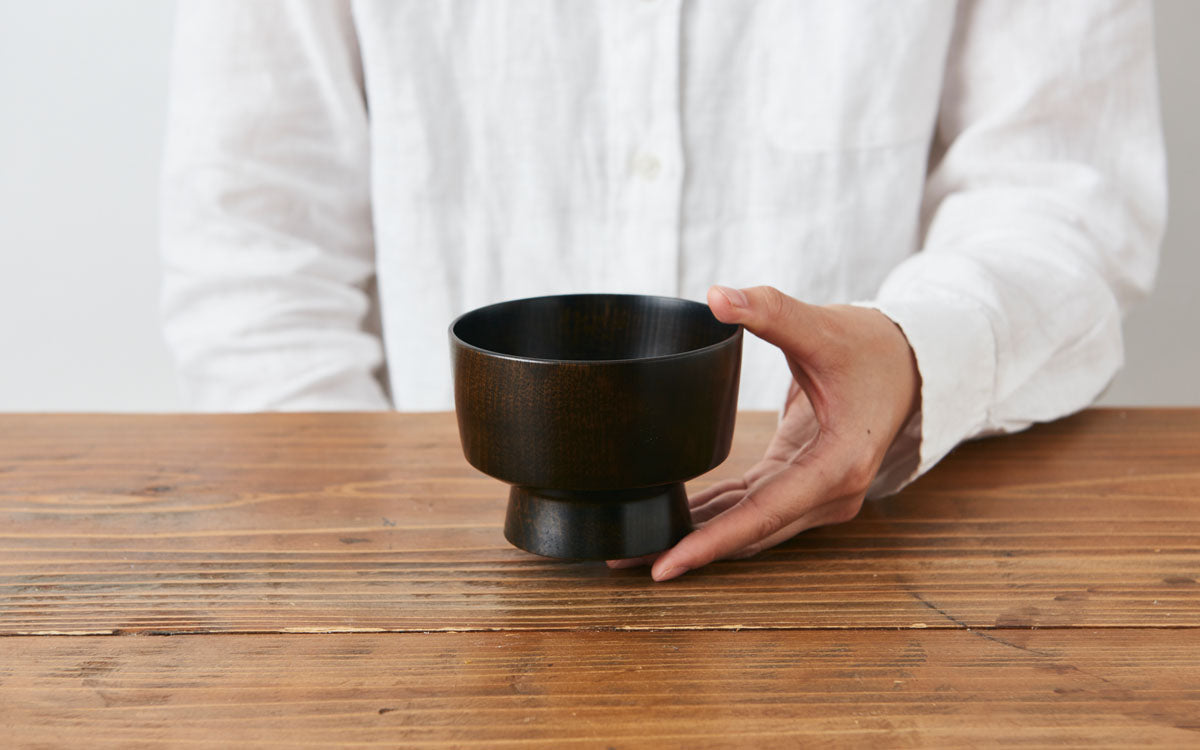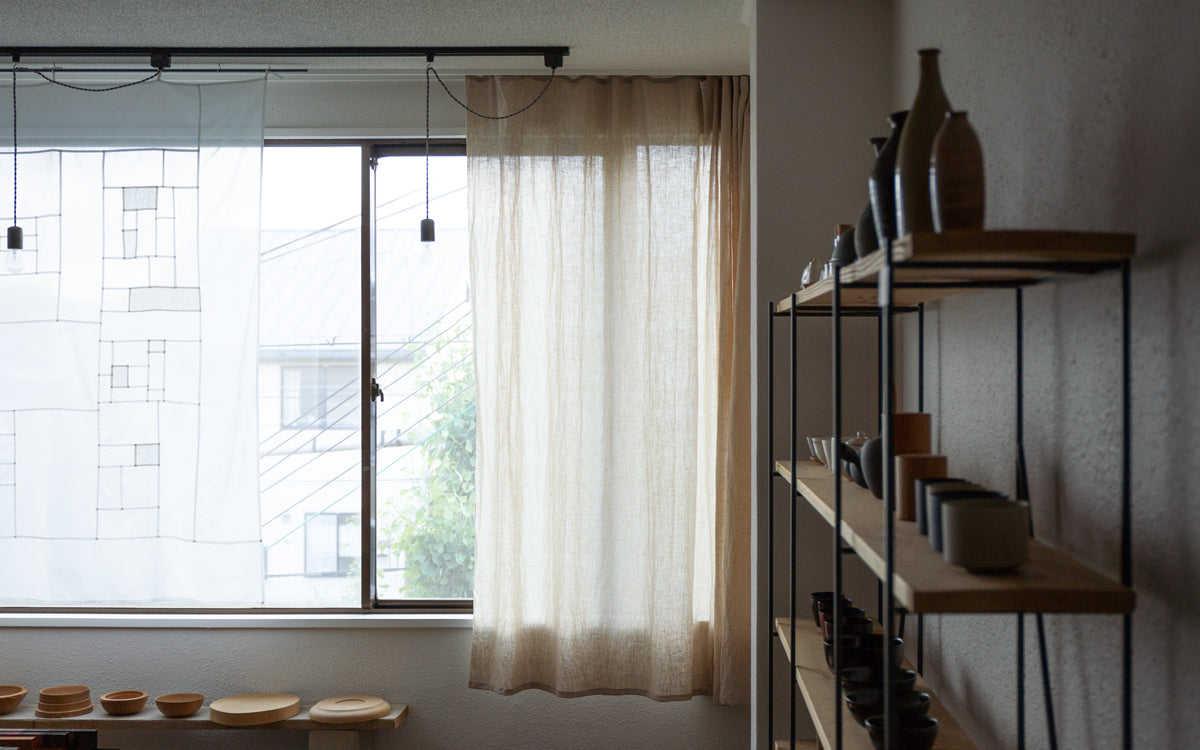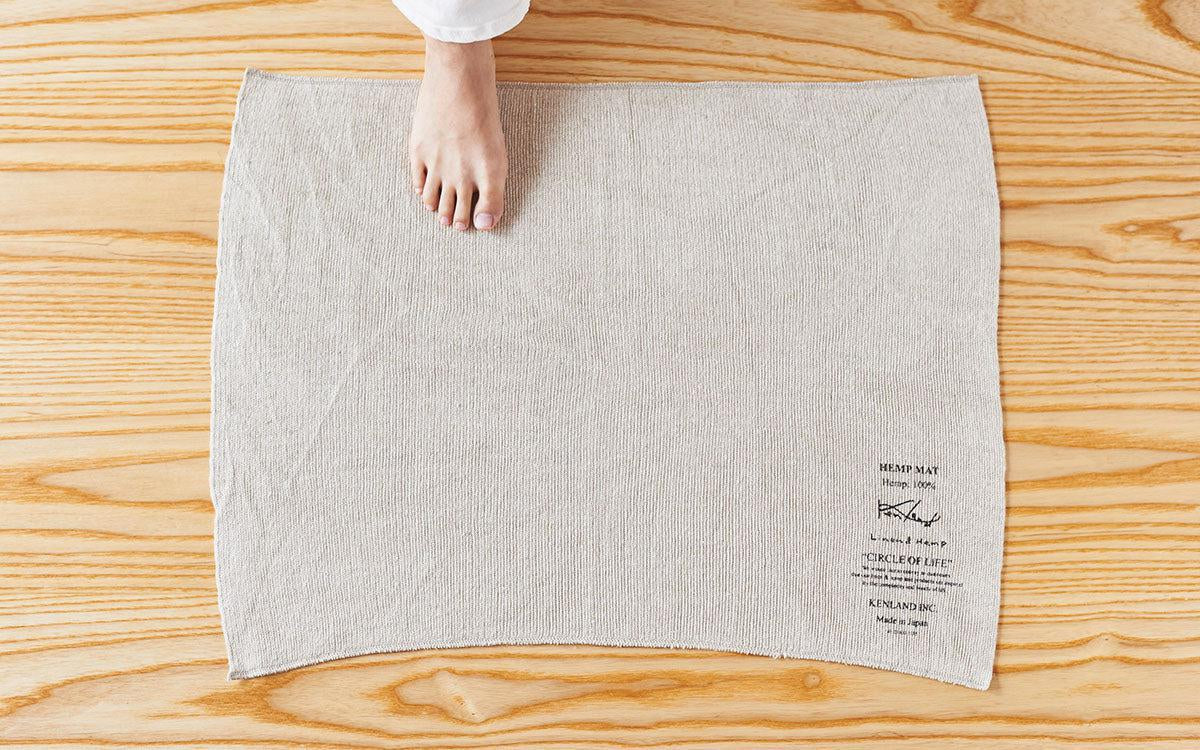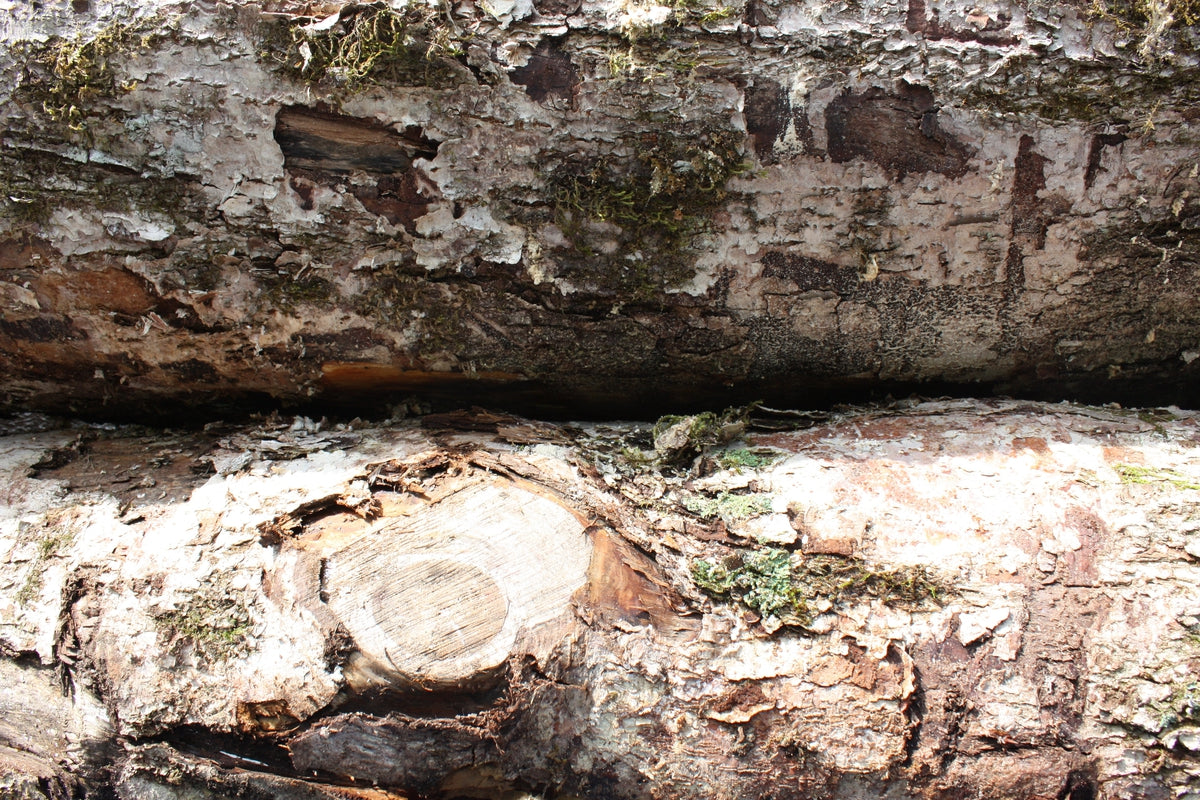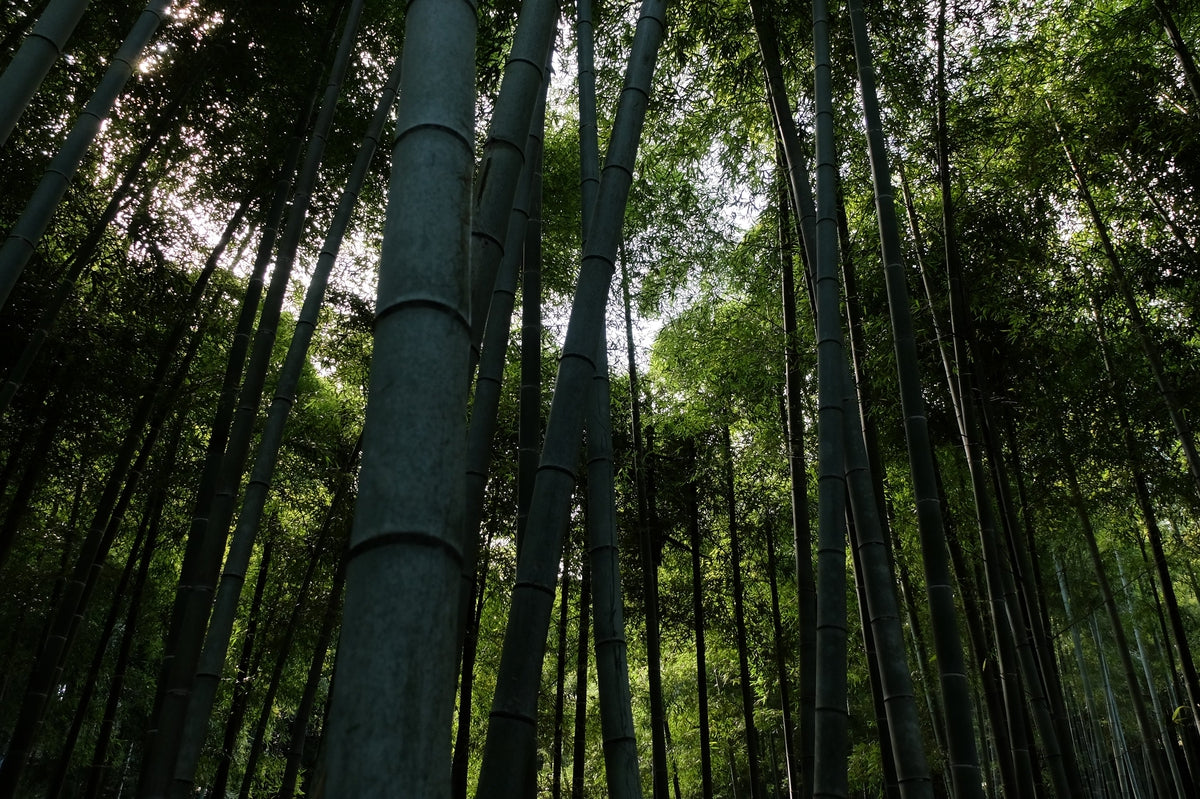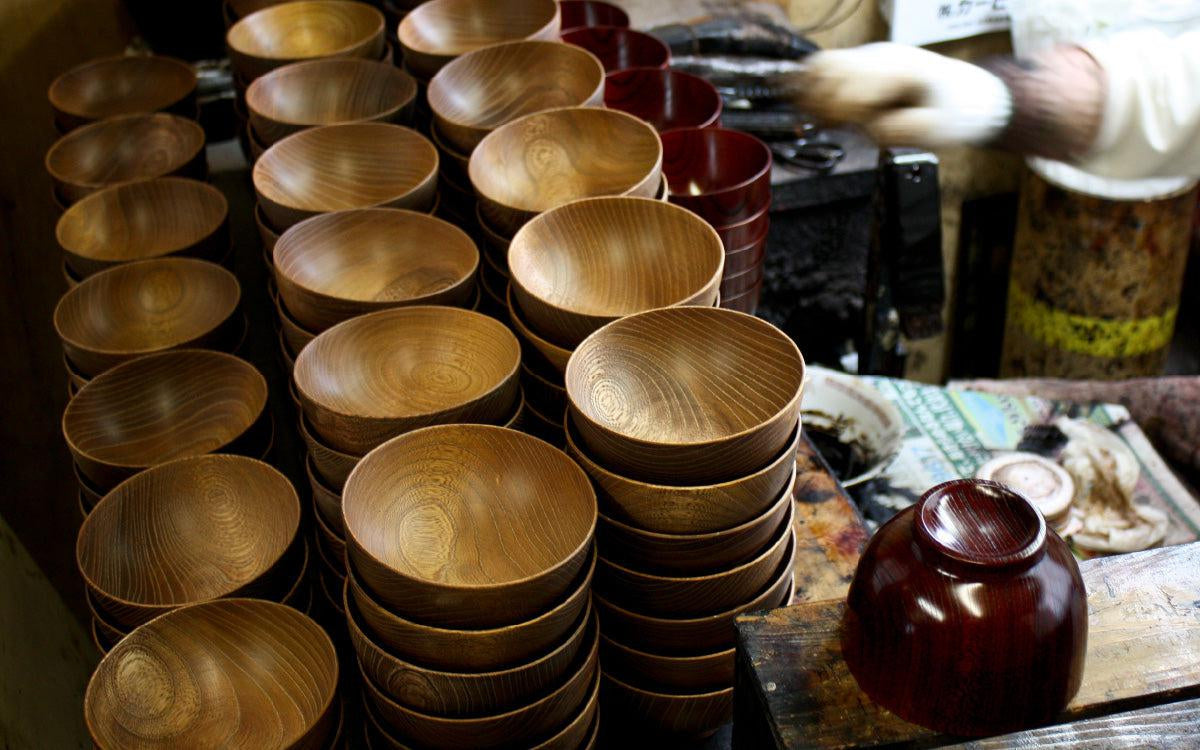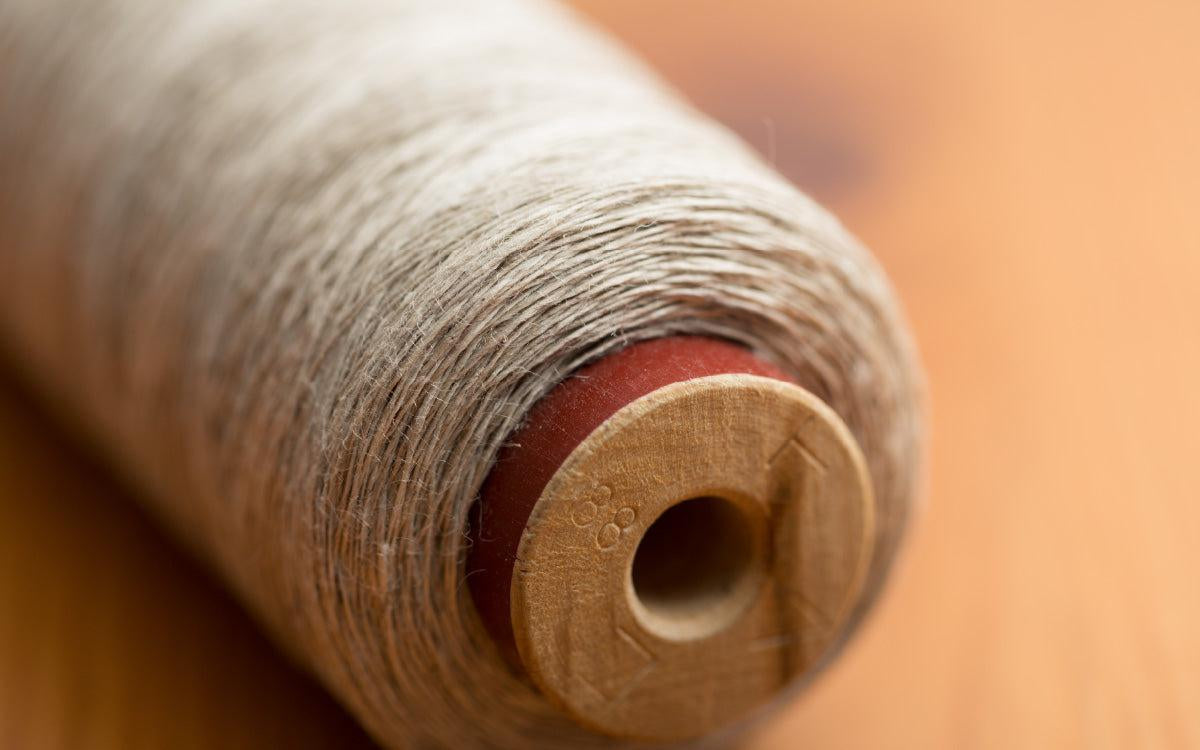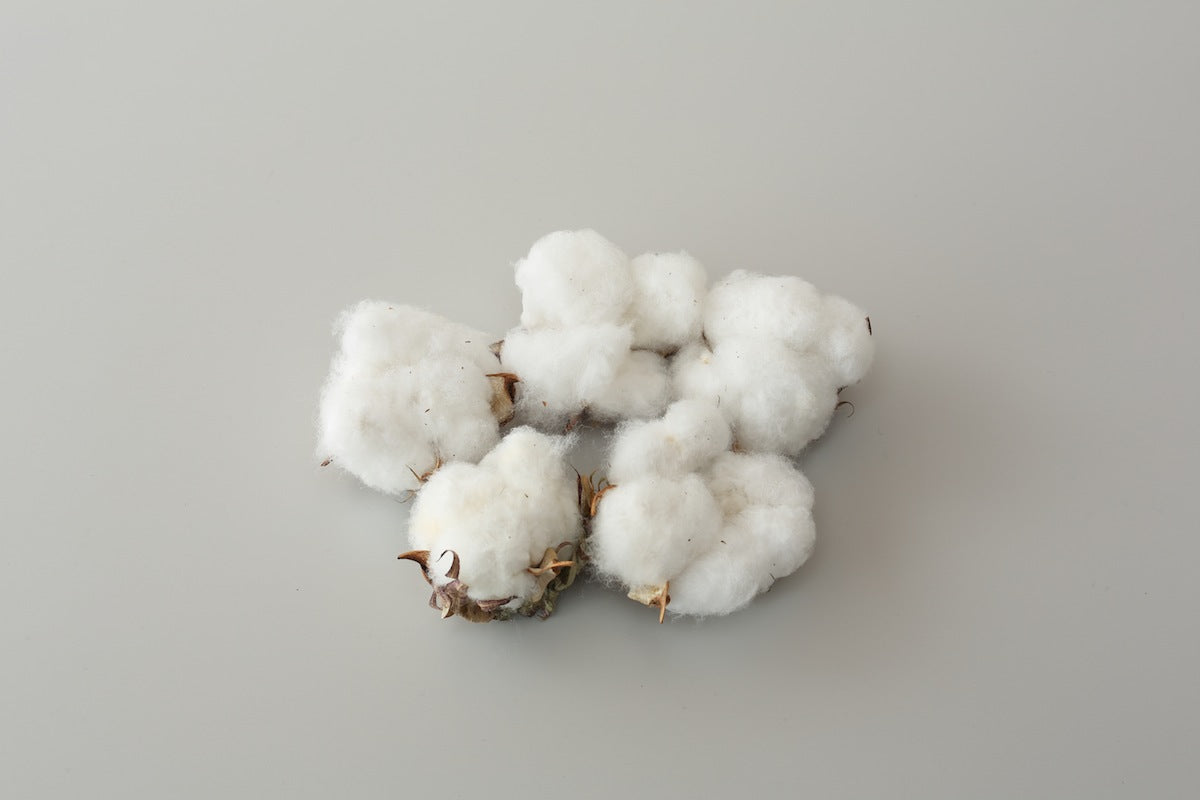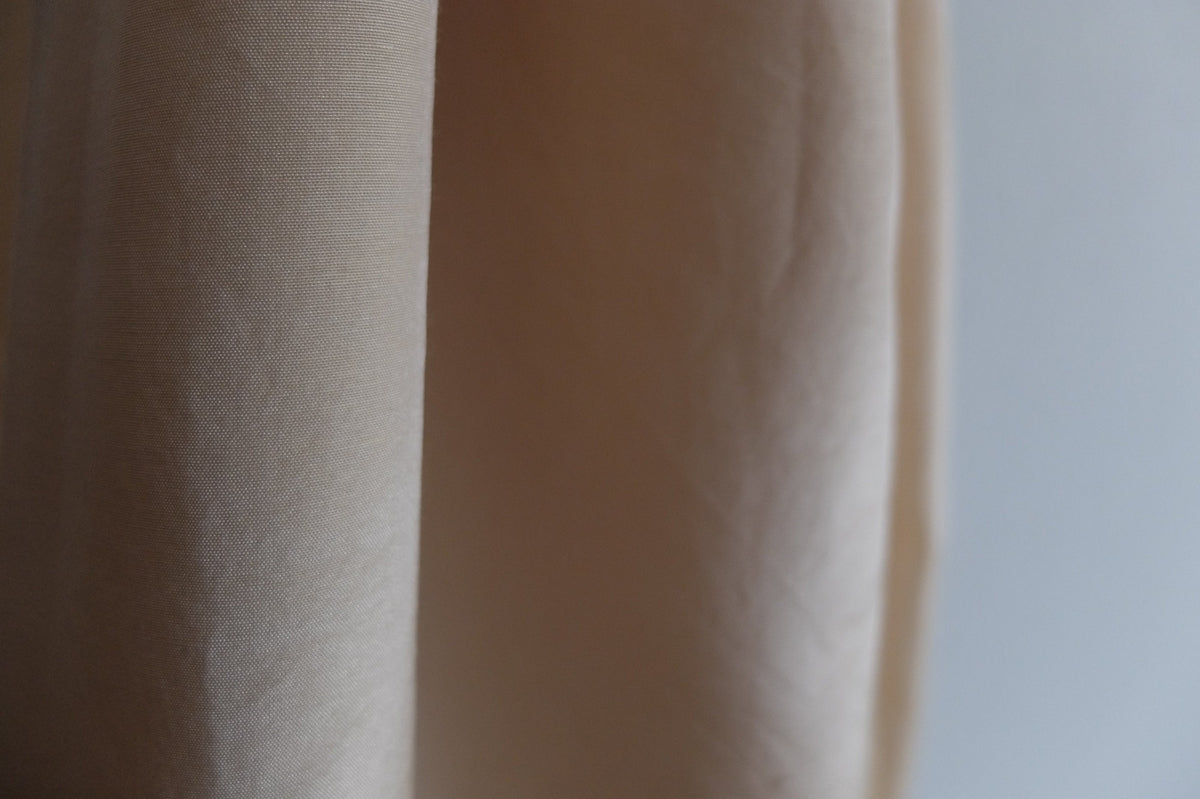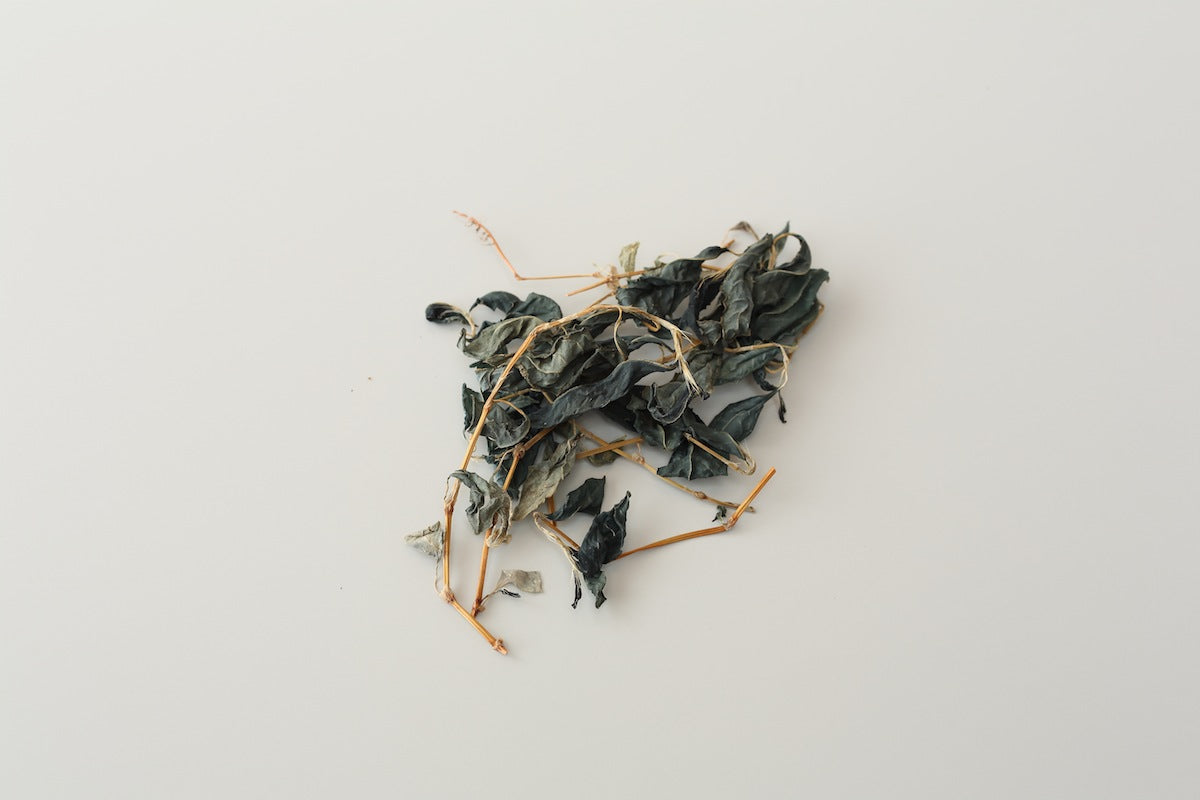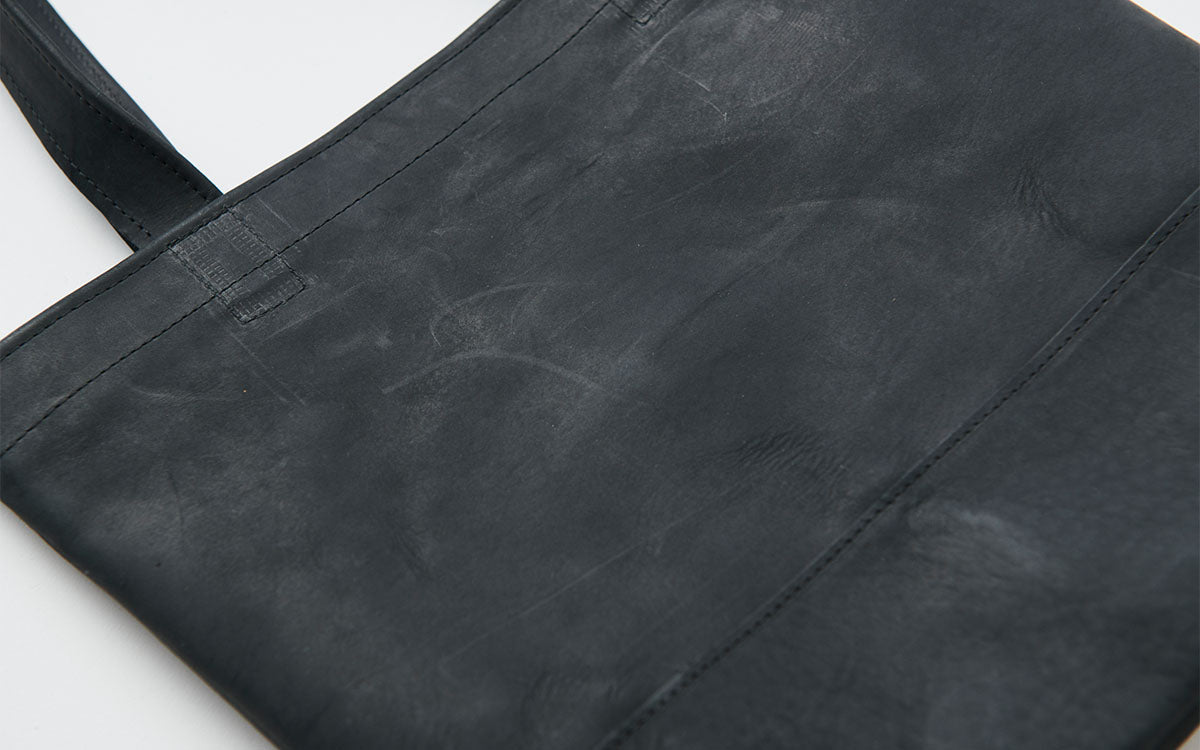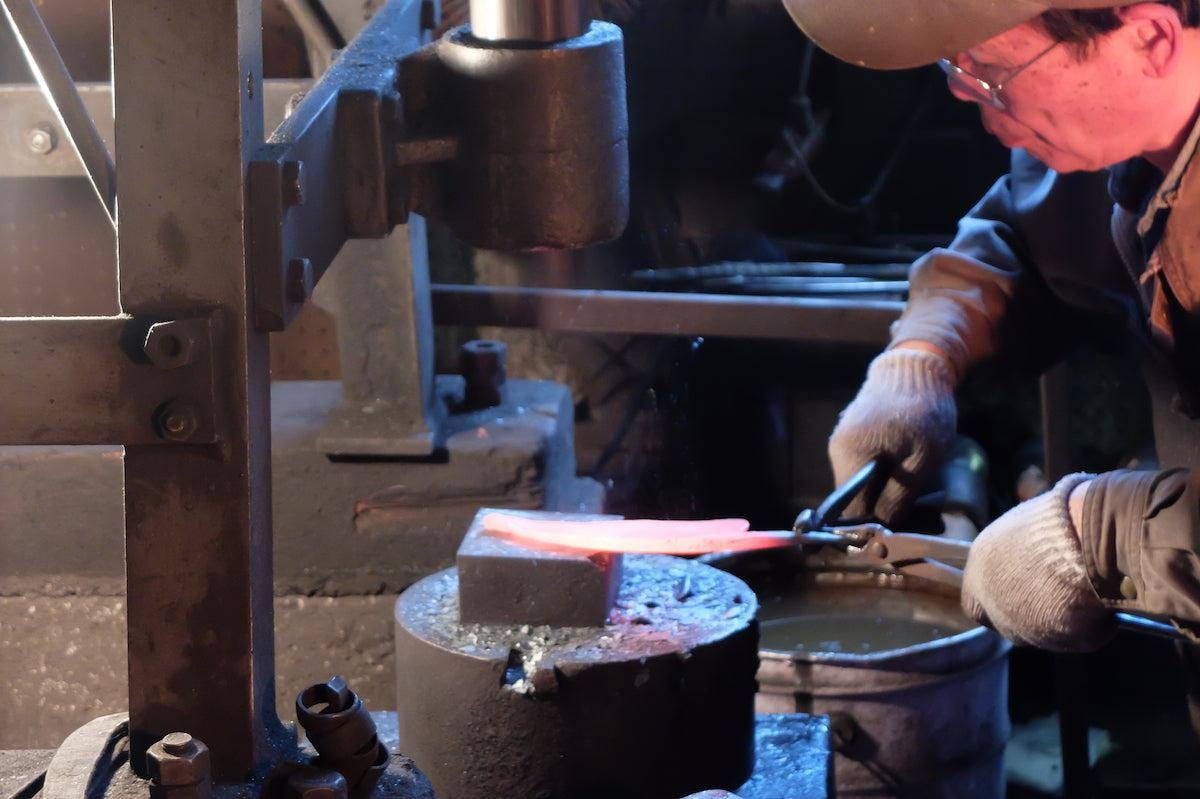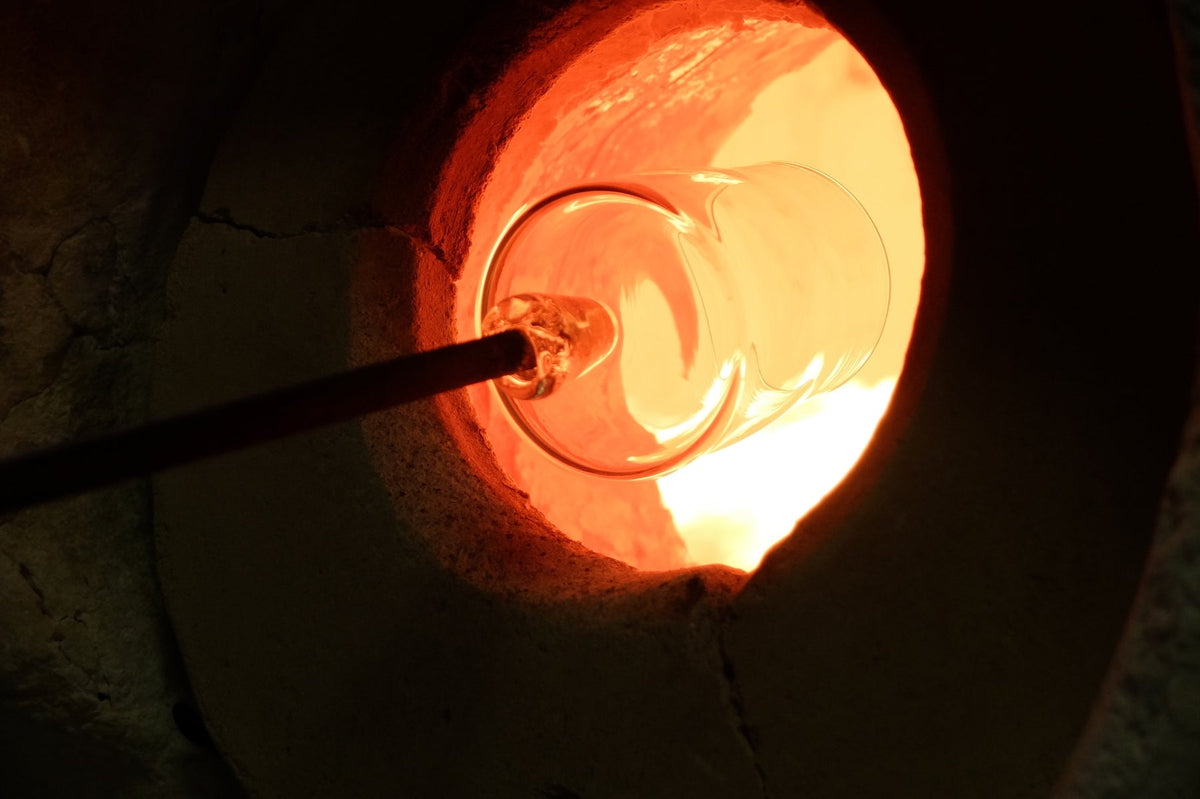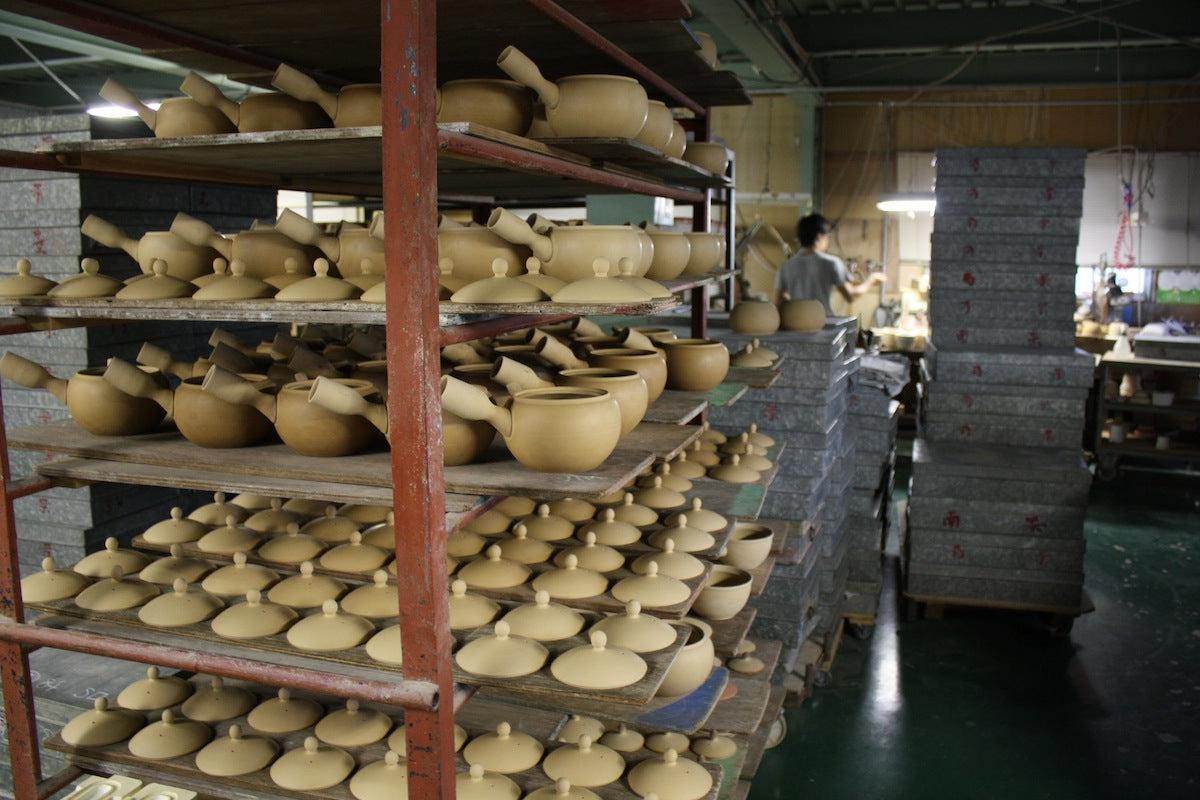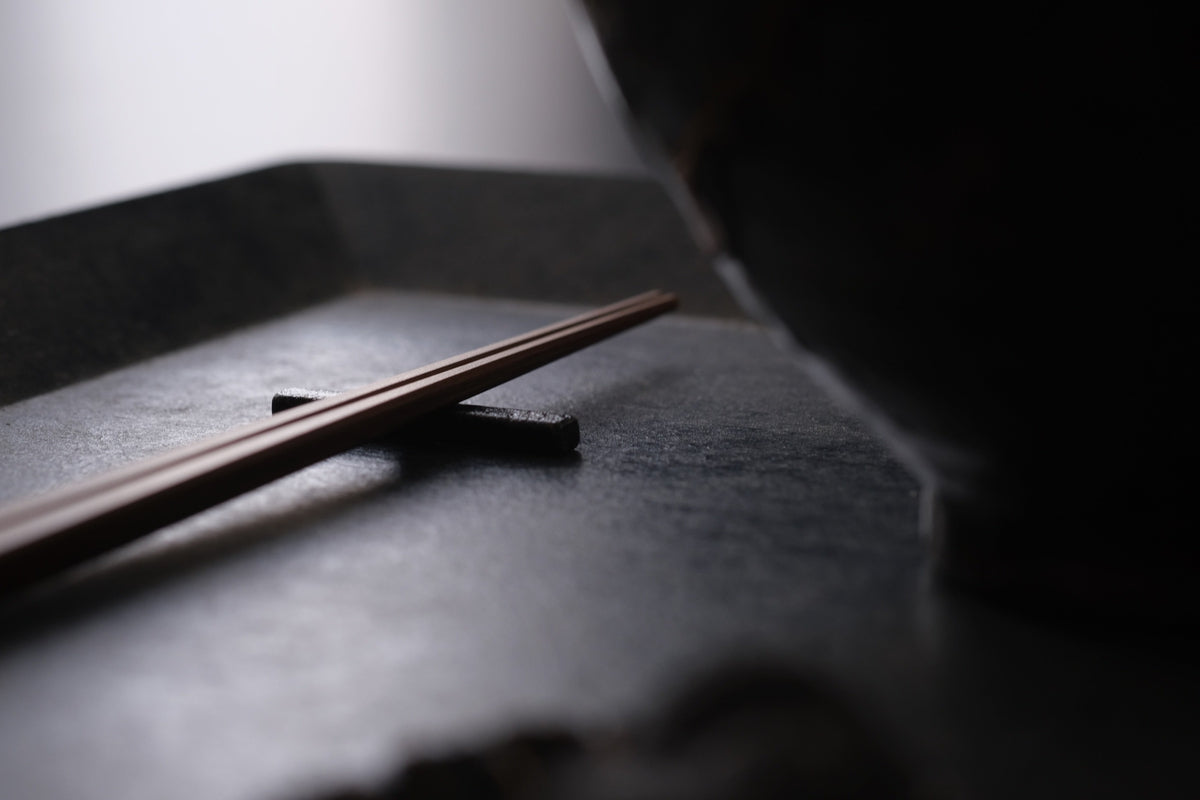[Mid-May delivery] Indigo-dyed linen handkerchief Gradation
在庫数: 1
Couldn't load pickup availability
- # 60番手薄手リネン生地
- # ネコポス配送3個まで
- # ハンカチ
- # 亜麻(リネン)
- # 四角布
- # 本藍染め
- # 織生地
- # 麻
PINT linen handkerchiefs are dyed with genuine indigo tie-dye.
The dyer is Yukari Saka, who trained in Tokushima, the home of indigo dyeing.
Indigo dyeing is a technique that has remained unchanged since the Edo period, called Tennen Aku Hakkodate. Sukumo, which is fermented indigo, and wheat gluten are used to make a dye solution in an indigo vat. This dye solution is checked daily by sight, smell, touch, and sometimes by licking it, and it is stirred to promote fermentation and continue to be adjusted.
It is said that the deep and beautiful colors unique to genuine indigo dyeing come out because various organic substances are mixed in this dye solution. Dyeing is carried out from spring to autumn when the temperature is high and fermentation progresses.
The fabric or product to be dyed is soaked in this indigo vat, and then kneaded so that it is well blended with the fabric. The color does not appear in the dyeing liquid of the indigo vat, but the color comes in when exposed to the air and oxidized. Unlike chemical dyes, the color does not appear in one go, so this process is repeated several times a day for one to two weeks. In this way, the color is fixed by repeatedly dyeing over time and times.
If the fabric is immersed in the dye solution as it is, it becomes plain, but a pattern is added using a technique called shibori. Shibori involves pre-processing the fabric by folding it, tying it, and threading it with a needle before soaking it in the indigo vat and then dipping it in the dye solution. Depending on the shape of the pre-processing of the fabric, it is divided into areas where dye enters and areas where dye does not enter, and this becomes the tie-dye pattern. Since there is no pattern, there are no clear boundaries between colors, and everything becomes a gradation. From white to dark blue, the colors that overlap with various indigo colors are really beautiful.
This pattern is made by hanging the handkerchief horizontally when dipping it in the indigo vat, and repeating the process of dipping it halfway through the fabric and taking it out again. .
As an image, "white part: 0 times", "middle part: 3 to 10 times", "deep indigo: 11 to 15 times", and the number of times of soaking (the number of times of dyeing) creates a gradation.
You can imagine that this alone takes time, but the actual work is a pattern that can be done by stacking hard work while maintaining horizontality. Due to the manufacturing method, there are some individual differences in the width of the pattern and the shade of the color.
Dyed handkerchiefs are
Linen Handkerchief White x White
I'm using The fine count thread has a strong indigo color, and there is also a luster unique to linen fabric.
It is said that this indigo dyeing is not just a simple indigo color, but a mixture of various colors such as red and green. When you actually look at it in the sunlight or shake it, it looks reddish, blackish, and purple, giving it a rich look. Vegetable dyeing is also said to reflect bright colors due to diffused reflection, and this is the appeal of natural dyeing.
Dyed with the fabric, it was a very good match and I was able to multiply it well. Since indigo dye has a dark color, you can use it without worrying about it getting dirty. The more you use it, the softer the fabric will be, and the dyed color will look more mature. I want you to use it for a long time and grow it.
*The type of name tag and how to attach it have been changed to the specifications in this photo.

【material】
100% linen
Indigo dyeing (natural lye fermentation)
【size】
45×45cm
Since the product is dyed, there is some shrinkage and there is a slight difference.
[exterior]
none
[Handling and care]
For the first few times, run water first or wash separately from normal laundry to prevent color transfer. In the case of genuine indigo dyeing, it is rare that the color fades as much as the so-called denim. The color may transfer due to strong friction, etc., but it can be used without problems as long as it is within the range of use as a handkerchief. Even if the color is transferred, it is often washed off.
Please use a neutral detergent for washing. Please avoid using dryers, bleaches, fabric softeners, fluorescent brighteners, etc., as they are likely to cause discoloration and significant changes in the texture of the fabric. In order to prevent color transfer due to friction during dehydration, we recommend using a laundry net when using a washing machine.
It is vulnerable to long-term sunlight exposure and is prone to discoloration, so please dry it in the shade after washing. In addition, fluorescent lights may cause fading, so when storing for a long period of time, we recommend storing in a place that is not exposed to light.
When ironing, it is recommended to use a medium or lower heat setting instead of a high setting. When setting the high temperature, apply a pressing cloth.
*Frequently Asked Questions/Supplementary Comments*
・This indigo dye has different patterns for handkerchiefs and wrapping cloths. You can see related products from the # list below the "Add to Cart" button.
・We used to use organic linen fabric, but it became difficult to procure the raw material for the yarn, and we are no longer able to continue using it. We use fabrics with the same count, thickness and color, but with non-organic yarns.





















